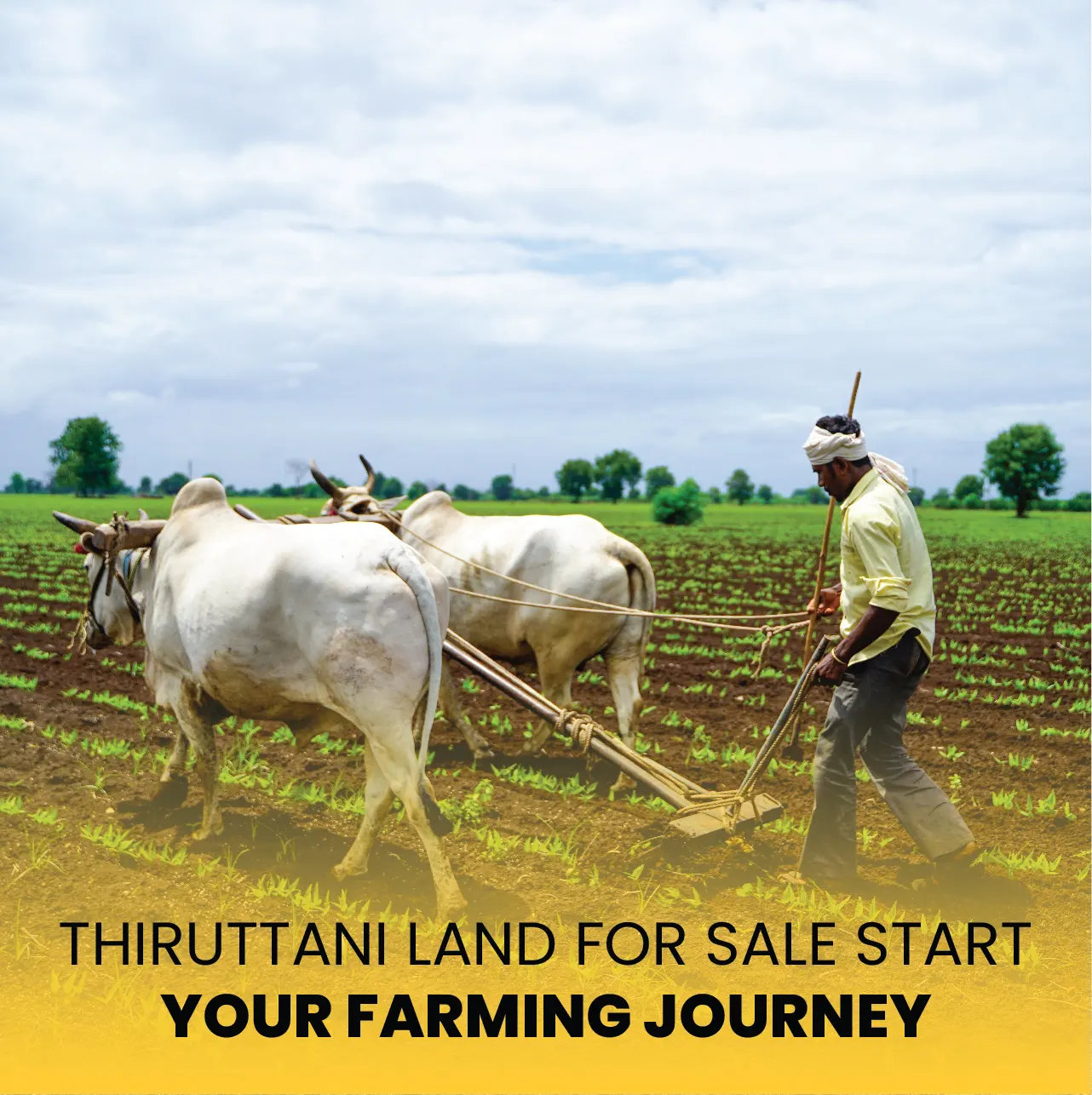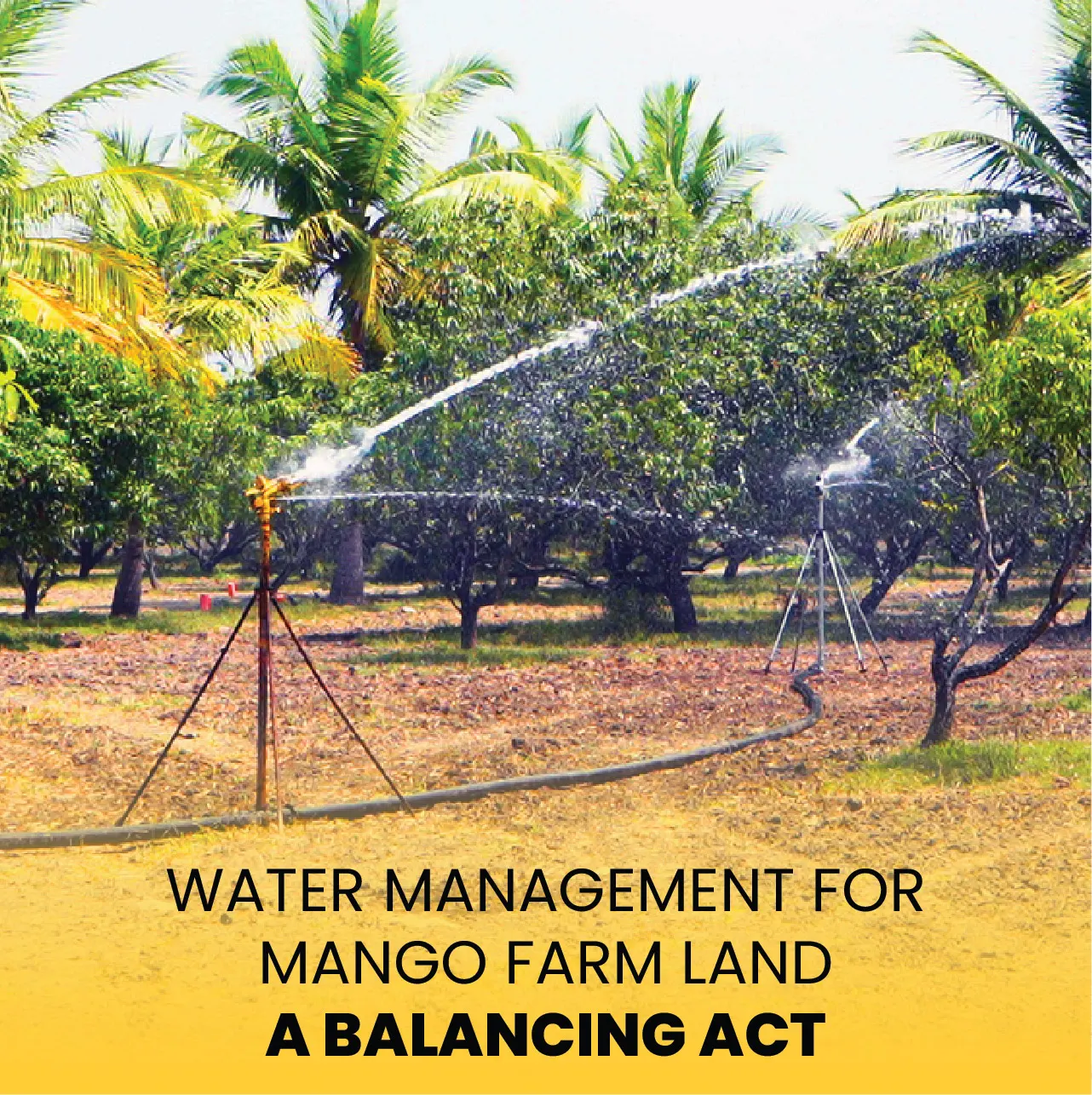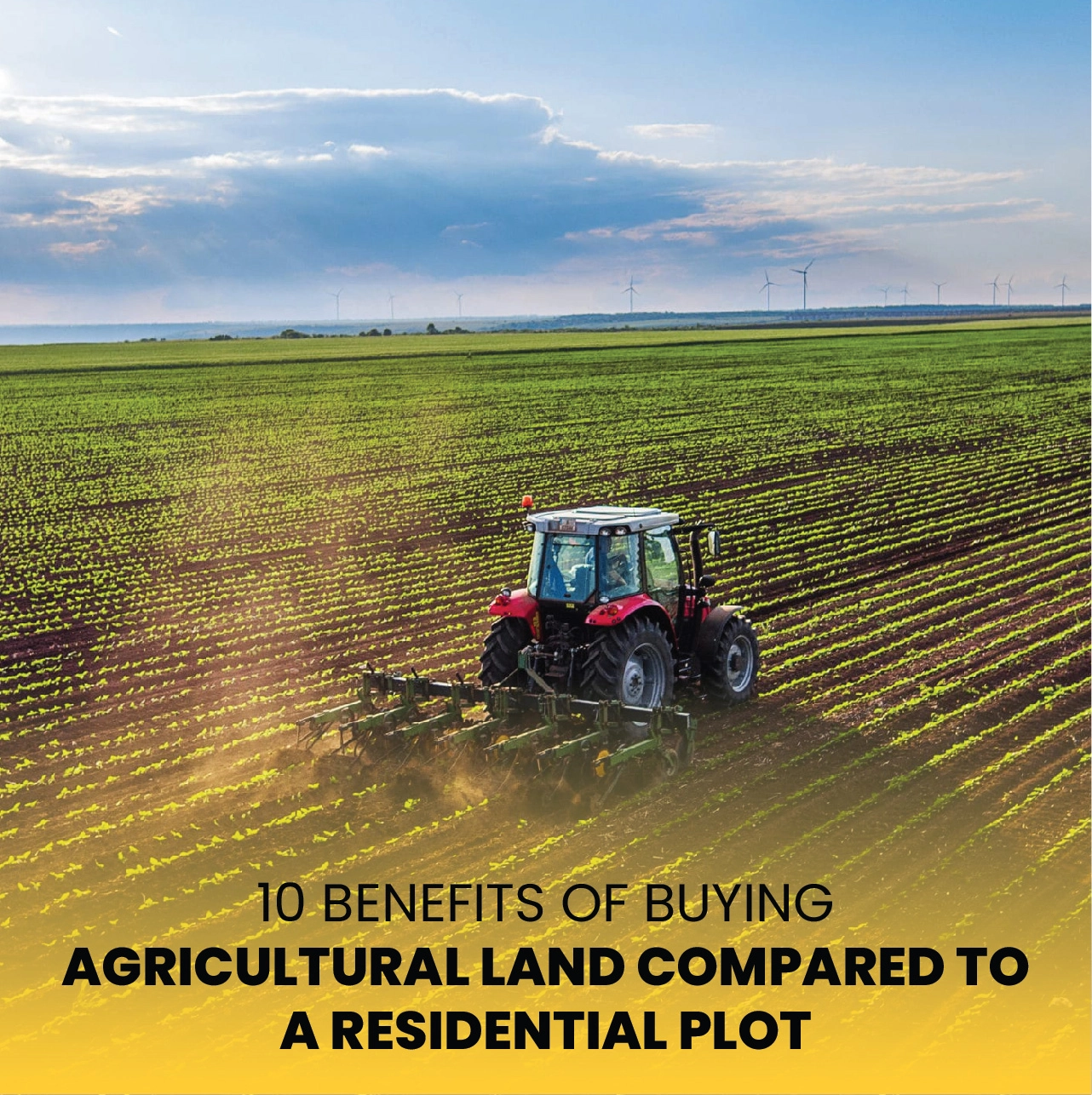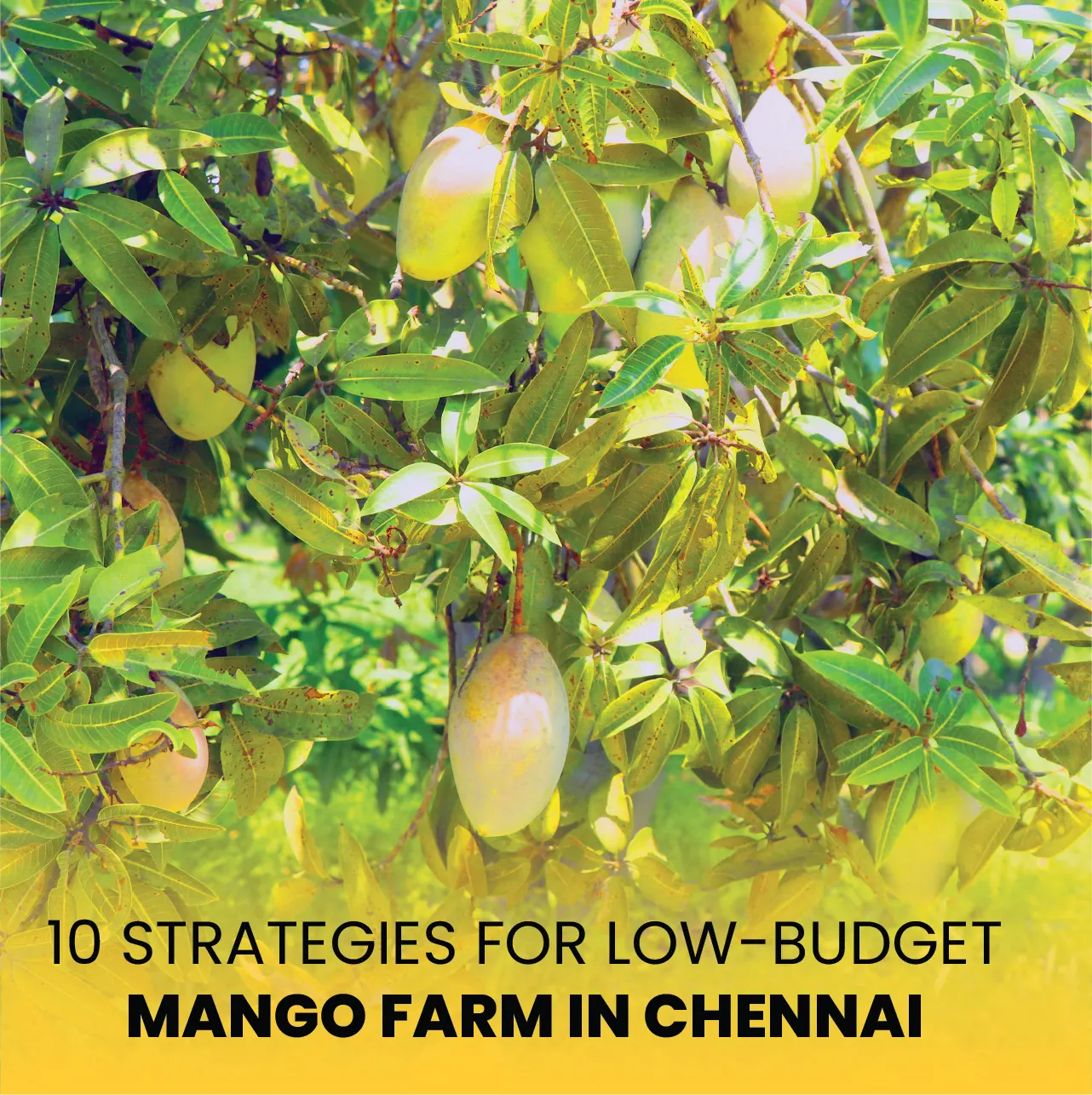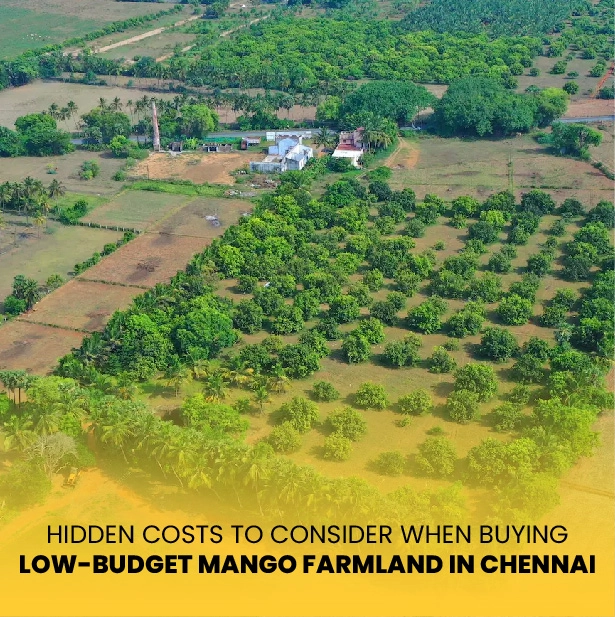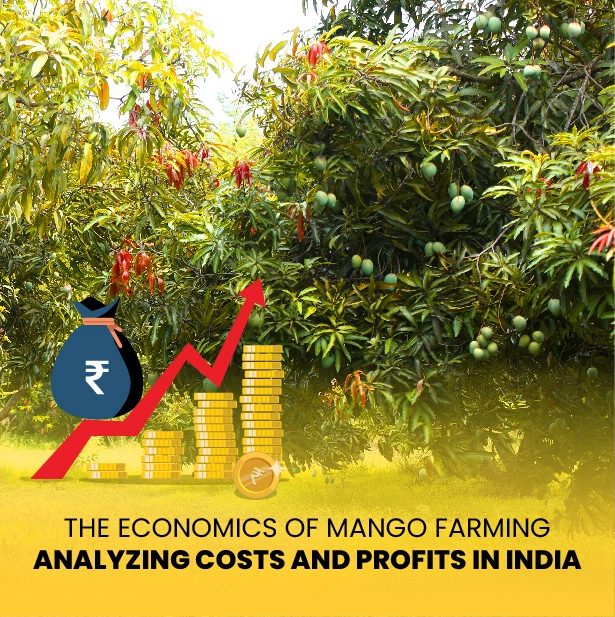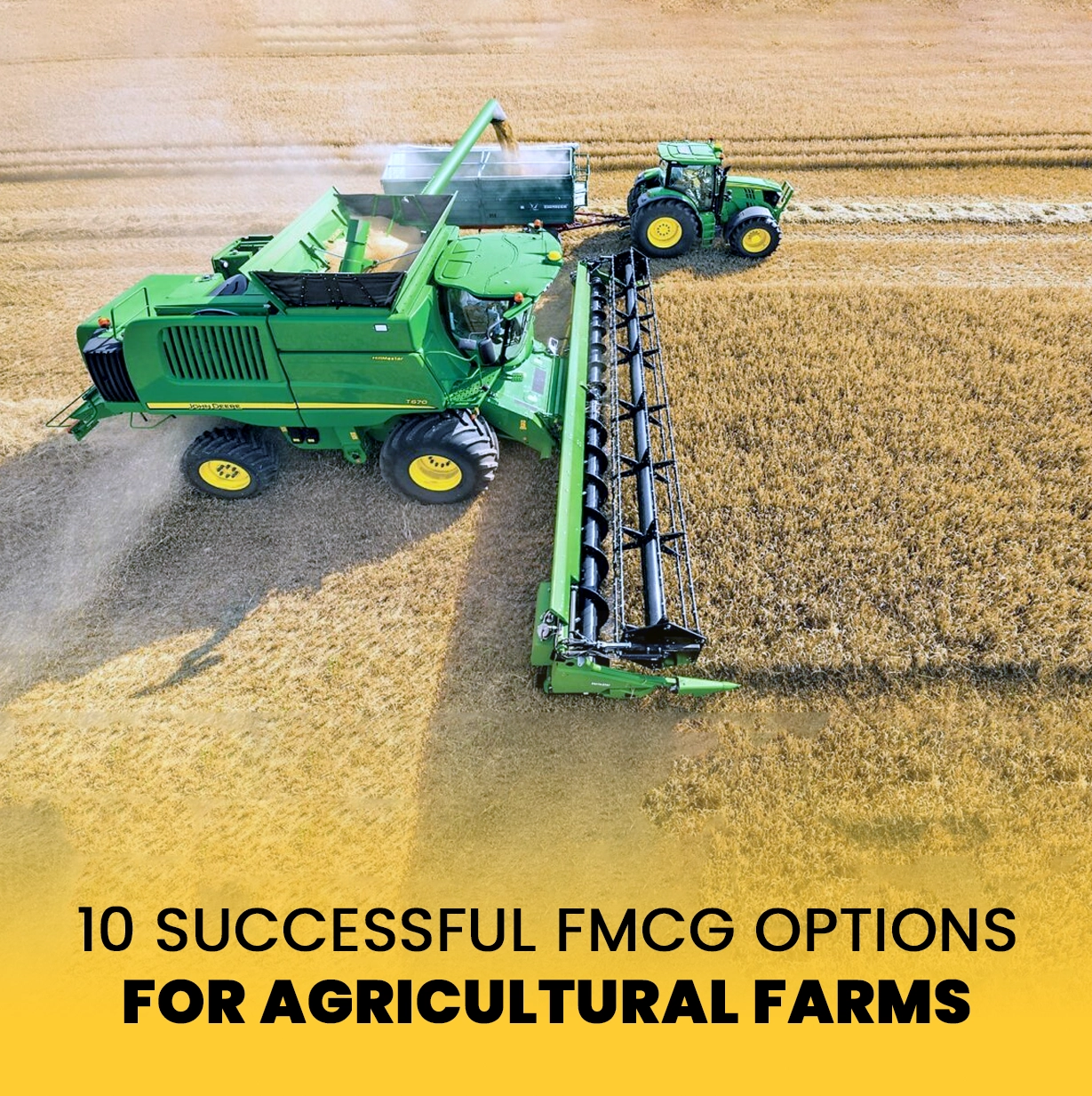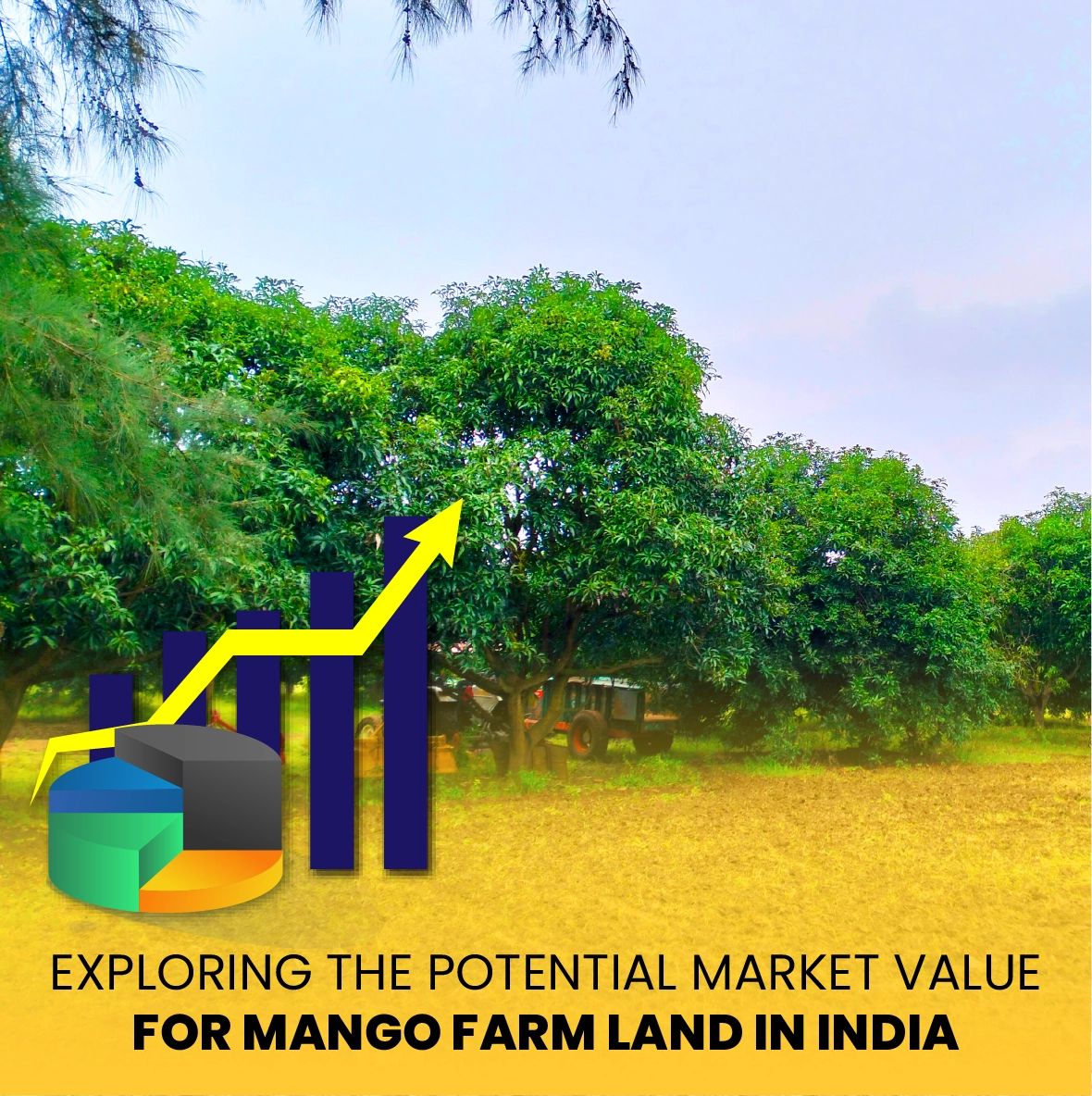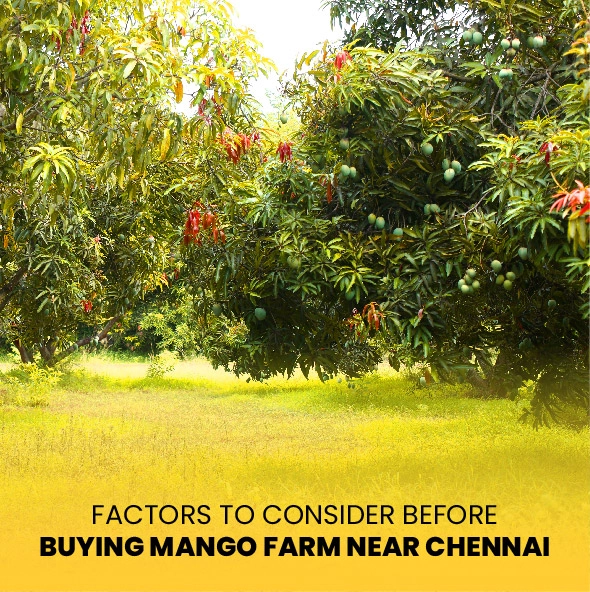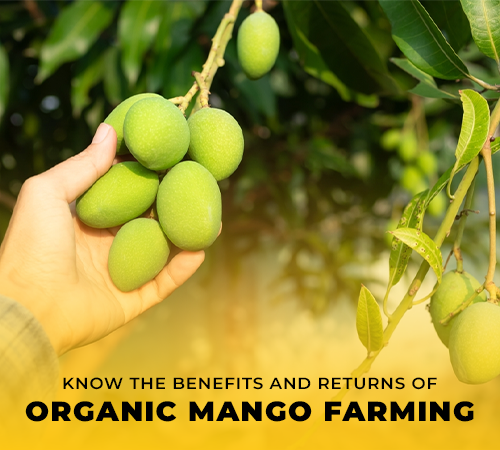India's target for its 100th anniversary of freedom in 2047 is one of major dedication to becoming a developed country. Deeply entwined with the future of agriculture, which is vital for society and the economy, this path shapes everything. Agriculture is about livelihoods, rural development, and food security for a growing population, not only about food production. With more than 1.4 billion people, India is under great pressure to generate adequate food while improving the quality and sustainability of agriculture farming methods.
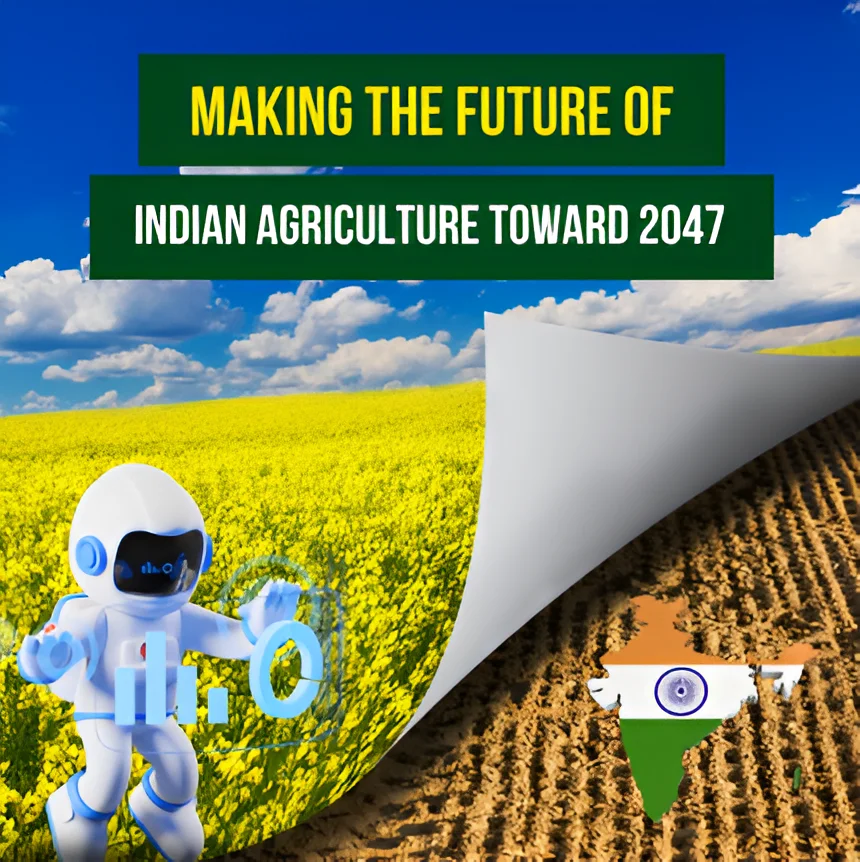
Extensive Development: India wants a six-fold rise in per capita Gross National Income (GNI) by 2047. Reaching this ambitious goal calls for a radical change in agriculture that emphasizes creative farming methods, higher production, and better farmer income.
Improving Trade: In 2022–23, India's processed food and agriculture exports exceeded USD 50 billion. Vision 2047 seeks to sustain as well as accelerate this expansion. India can greatly extend its export portfolio with value-added products by improving the processing of fruits and vegetables, therefore enhancing not only income but also nutritional availability.
Priority on Sustainability: Adoption of sustainable methods will determine how Indian agriculture develops. Crucially, stressing precise farming practices, genetically modified crops resistant to climate change, and cutting-edge irrigation systems including drip and sprinkler systems will be These methods will help to improve yields and lower resource waste so that agriculture may satisfy present needs without compromising the surroundings.
Workforce against GDP contribution: Though around 46% of the workforce is involved in agriculture, it only makes roughly 18% of the GDP. This clear disparity indicates the need for structural adjustments in the industry to raise output and economic contribution.
Growth Inequality: Although India's GDP overall has increased at an average of 6.1% yearly during 1991–92, agricultural GDP has lagged far behind at just 3.3%. This difference has significant ramifications for the general economy as well as rural life. Overall GDP growth in the past decade (2013–2023) was 5.9%; agriculture only managed 3.6%. Given the socio economic relevance of agriculture, such rates of increase are sufficient.
Visions for the Future: Even if agriculture still employs over 30% of the workforce, by 2047 its proportion in GDP could drop to 7%-8%. This estimate begs questions regarding rural poverty and unemployment, which calls for major structural adjustments to prevent aggravation of these imbalances.
Efficient Use of Water: By use of micro-irrigation, the Pradhan Mantri Krishi Sinchayee Yojana (PMKSY) advances the water-use economy. Aiming to reach 78 lakh hectares with a budget allocation of ₹93,068 crore for 2021-26, the plan seeks to solve one of the main concerns farmers water shortage raises.
Managing Risks: The Pradhan Mantri Fasal Bima Yojana (PMFBY) provides financial help for unanticipated crop losses. With 49.5 crore registered farmers and claims of over ₹1.45 lakh crore, this project gives much-needed help to guarantee financial security for farmers.
Access to the Market: By use of a digital platform, the Electronic National Agriculture Market (eNAM) combines existing markets, therefore enabling 1.76 million farmers to trade successfully. With eNAM tracking trades of ₹2.88 lakh crore by September 2023, market access and transparency will be improved.
Help for Farmers: Benefiting over 11.8 crore farmers, the Pradhan Mantri Kisan Samman Nidhi (PM-KISAN) plan distributes ₹6,000 yearly to farmers. Smallholders can better their livelihoods and invest in their fields with this financial support.
Improvement of Soil Health: The Soil Health Card (SHC) concept seeks to maximize the usage of soil nutrients, hence improving output. Distributed over 23 crore SHCs, these have given farmers vital knowledge about soil fertility and condition.
Increasing Human Population: The population of India is expected to rise to 1.5 billion by 2030 and 1.59 billion by 2040, hence driving much more demand for food. This increase is predicted to happen at around 2.85% yearly, severely taxing systems of agricultural output.
Wanted Food in the Future: Food grain consumption is expected to run between 402 million metric tons and 437 million metric tons by 2047–48. Under a business-as-usual scenario, production must surpass demand by 10%–13% if we are to satisfy this need sustainably. This focuses on how urgently creativity and financial support for environmentally friendly farming methods are needed.
R&D investment in money: Sustainable future needs depend critically on large expenditures in infrastructure, policy support, and agricultural research. This covers encouraging public-private cooperation to boost output and increase invention.
Distribution of the Budget: Targeting agricultural lending and launching the Agriculture Accelerator Fund, the budget for 2024–25 calls for ₹20 lakh crore. This project emphasizes a proactive strategy to encourage startups, promote agricultural innovation, and improve farming technologies by means of which one can stimulate agricultural innovation.
Improving digital infrastructure: Expanding digital platforms like eNAM will increase market access for farmers, offer real-time data for decision-making, and help to better realize prices. Farmers' digital literacy has to be given top importance so they may make best use of these tools.
Encouraging Ecological Behaviours: Improving soil health, lowering reliance on chemical inputs, and raising resilience to climate change will depend on the acceptance of sustainable agricultural methods, including organic farming, agroforestry, and integrated pest control.
Improving Farmer Cooperatives: By means of pooling resources for better inputs and technologies, empowering farmer cooperatives can increase negotiating power, improve access to markets, and strengthen bargaining capability. This will enable smaller producers to enter bigger markets.
Looking ahead to 2047, Indian agriculture has a great future. India can guarantee a sustainable and rich agricultural environment supporting its ambitious ambition for the next century by tackling present issues and properly preparing for development. India can establish a vibrant agricultural industry that greatly boosts the national economy while guaranteeing food security and thereby improving the livelihoods of millions of farmers all around by means of invention, investment, and a dedication to sustainability. The road toward a developed country is about creating a strong, inclusive, and sustainable agricultural framework that enables every person, not only about economic prosperity.
